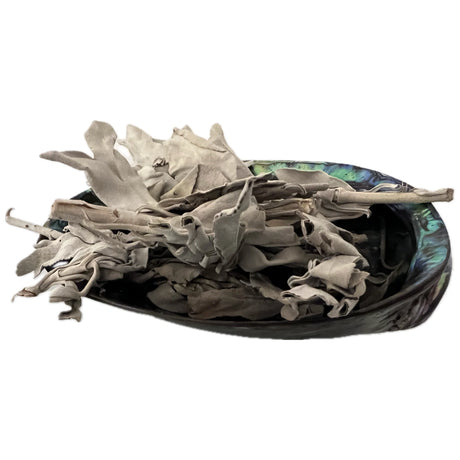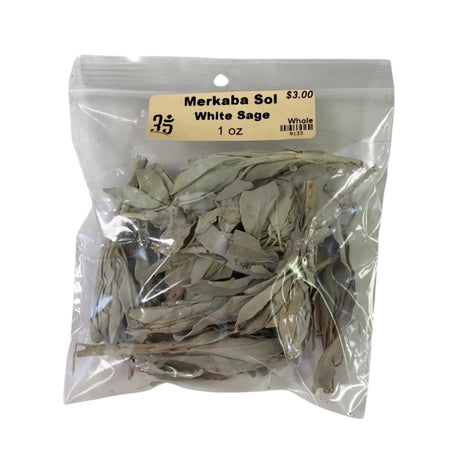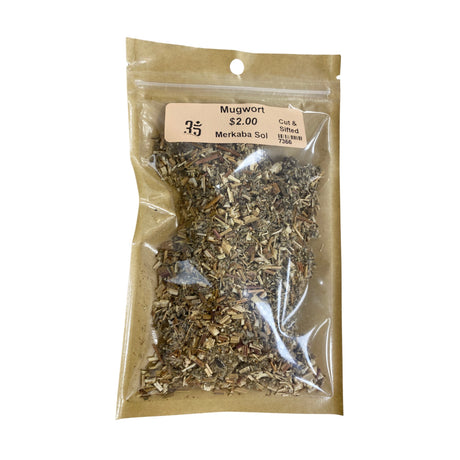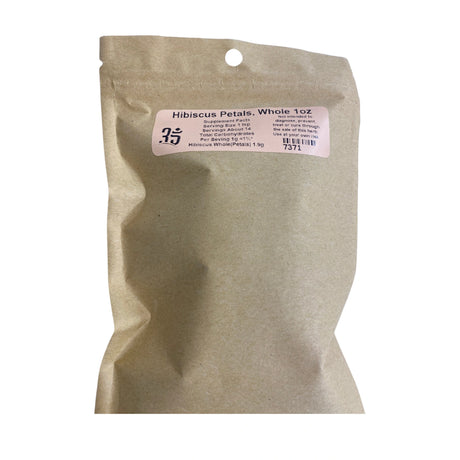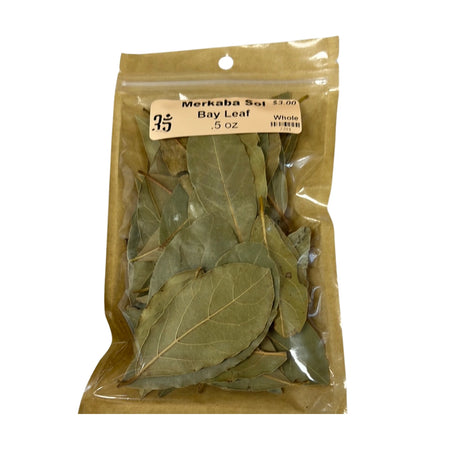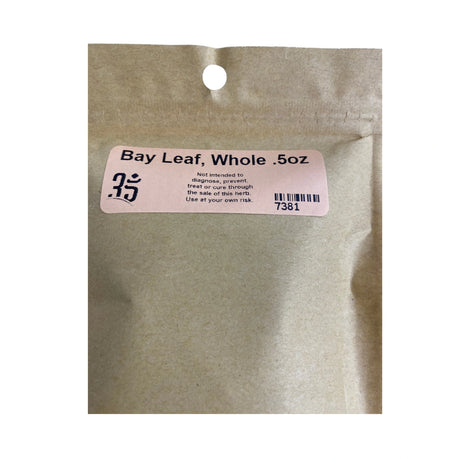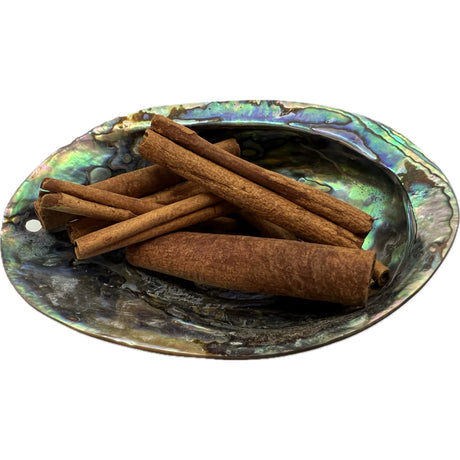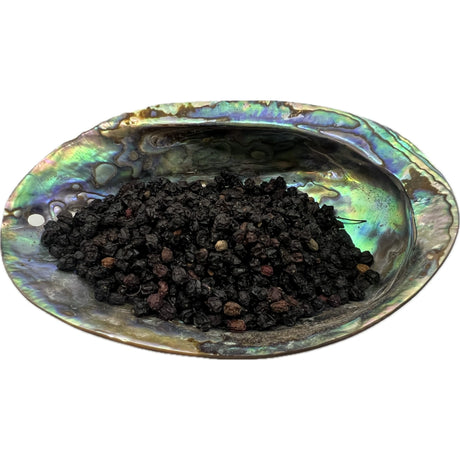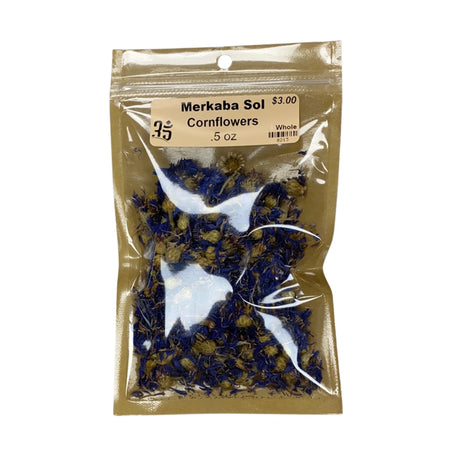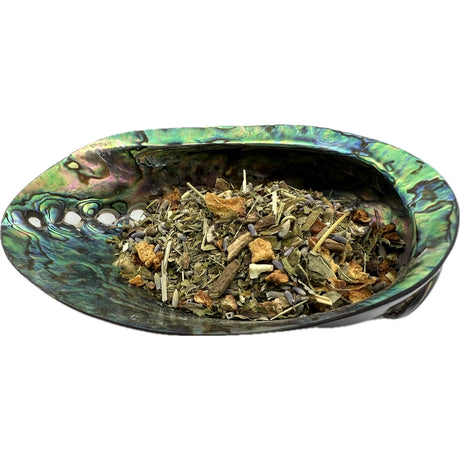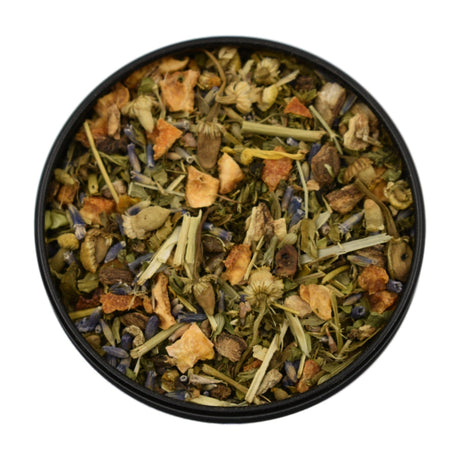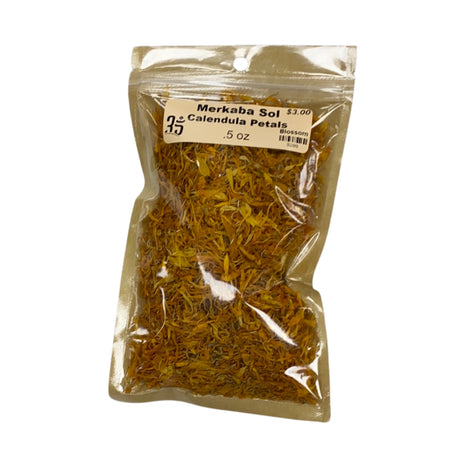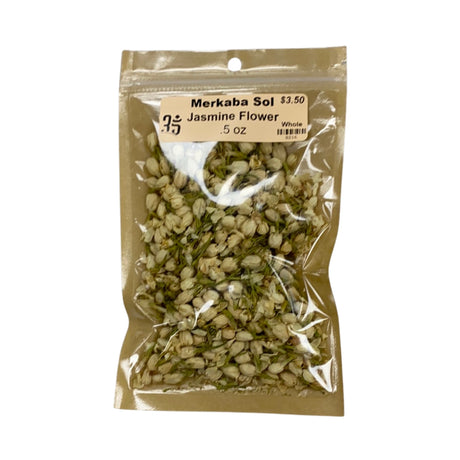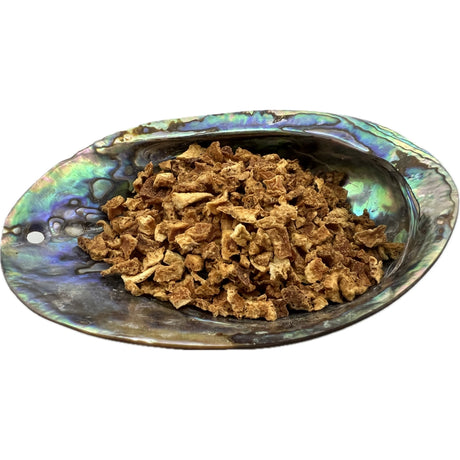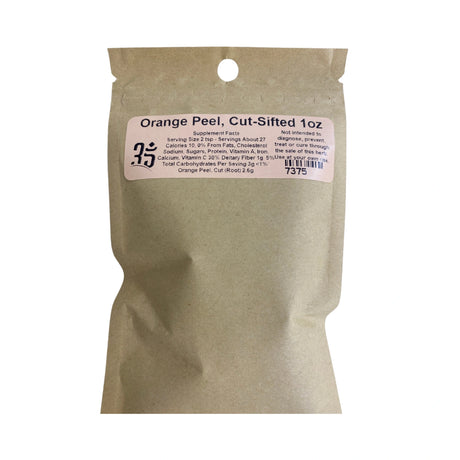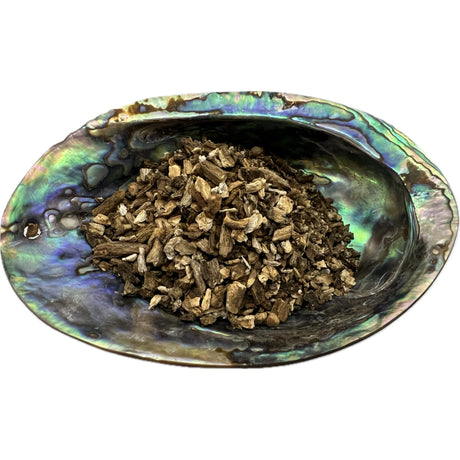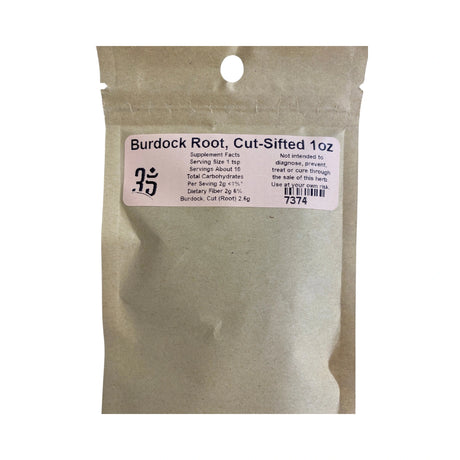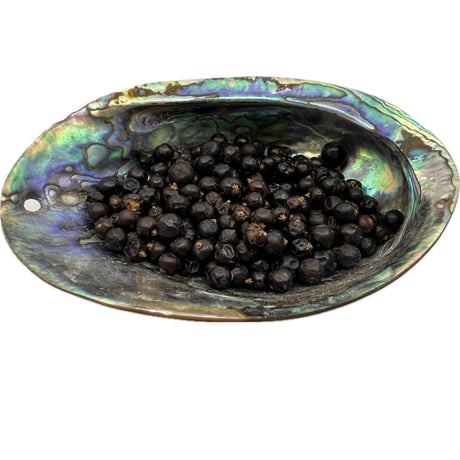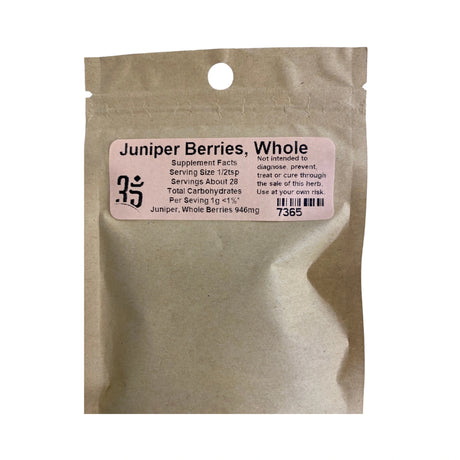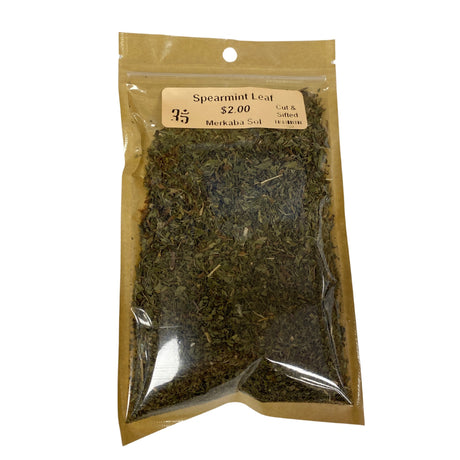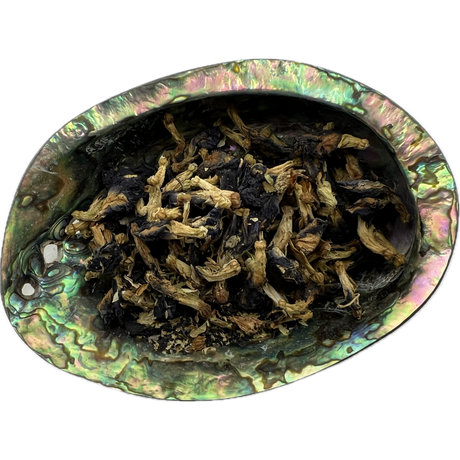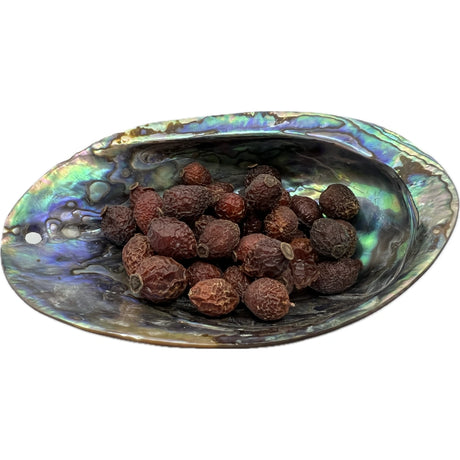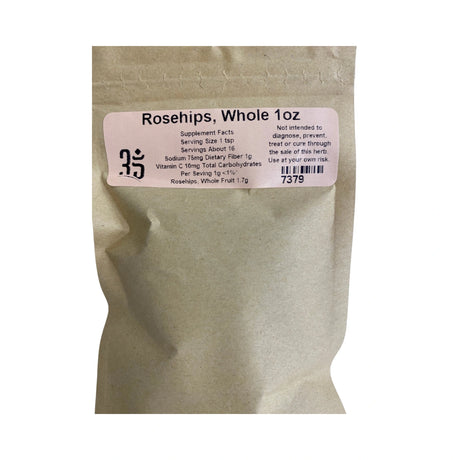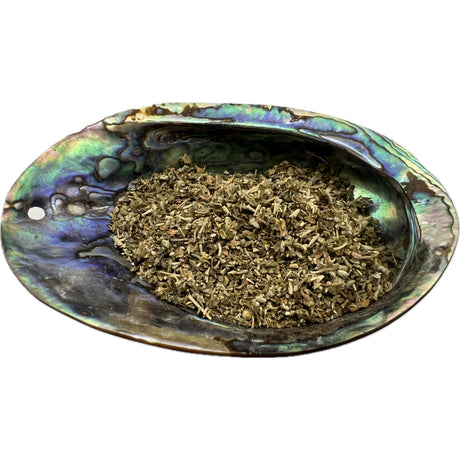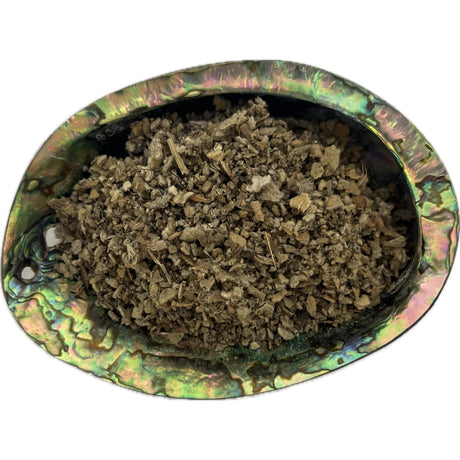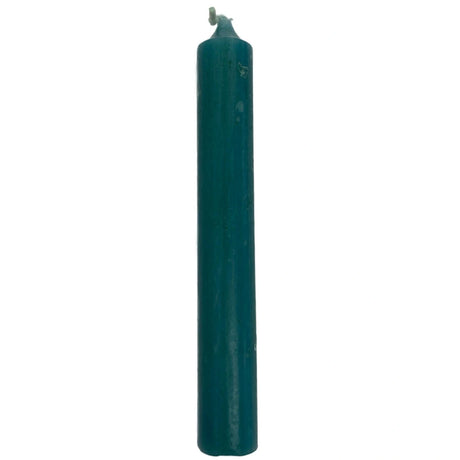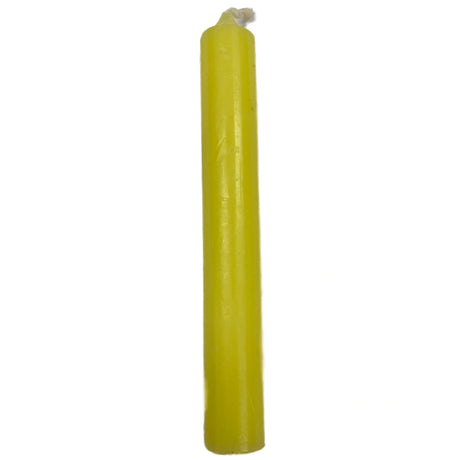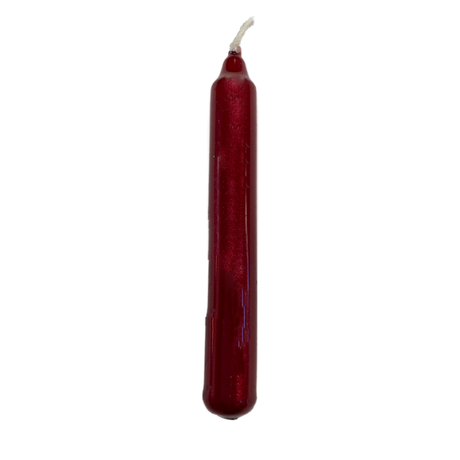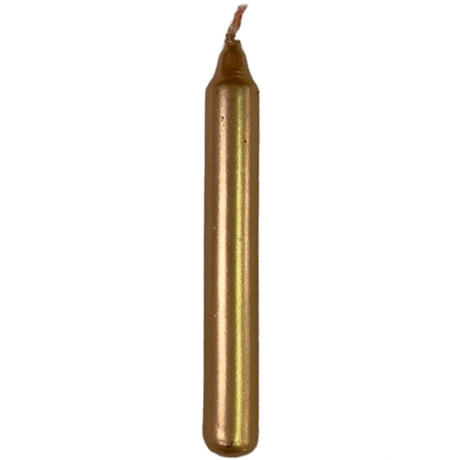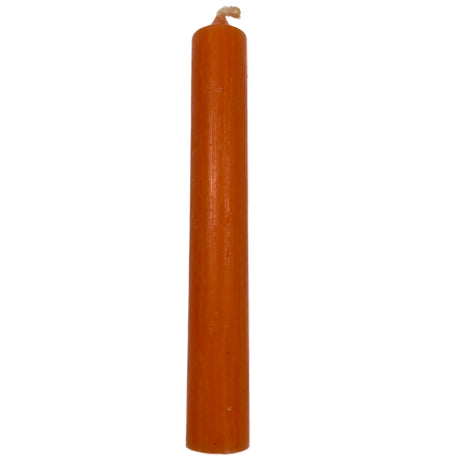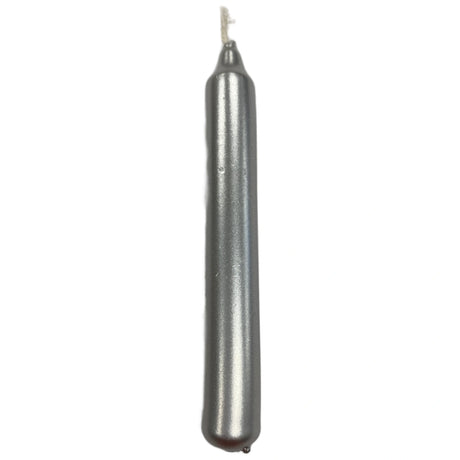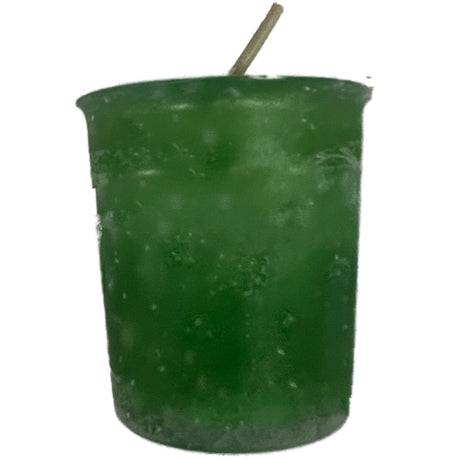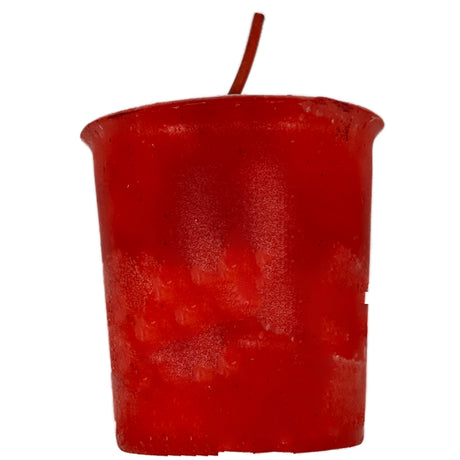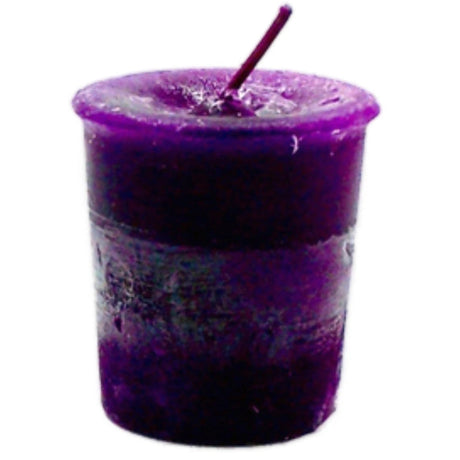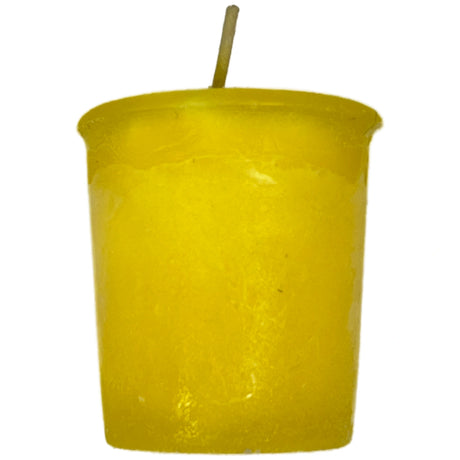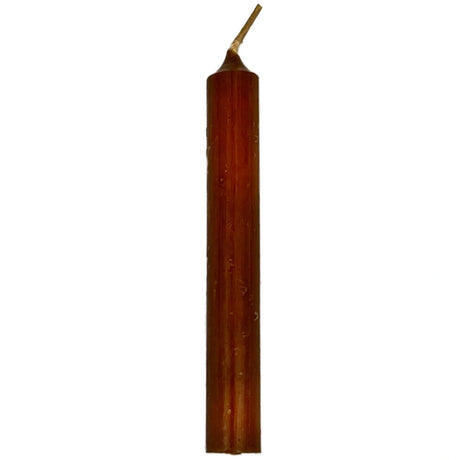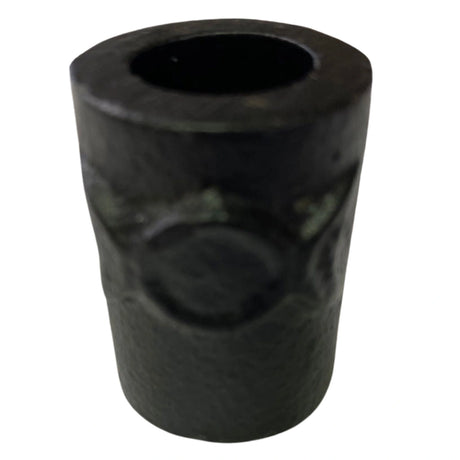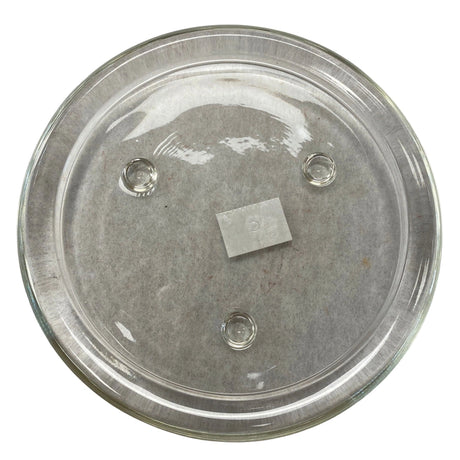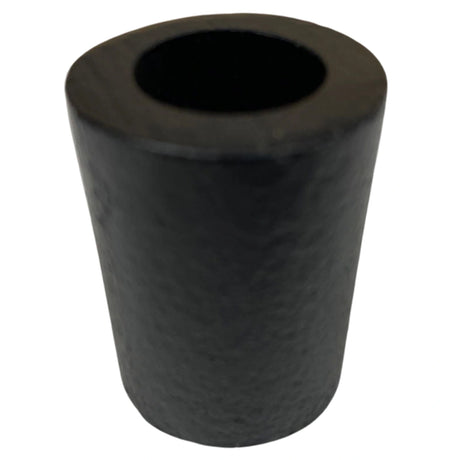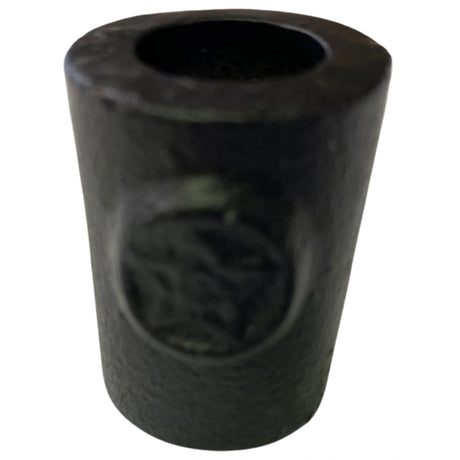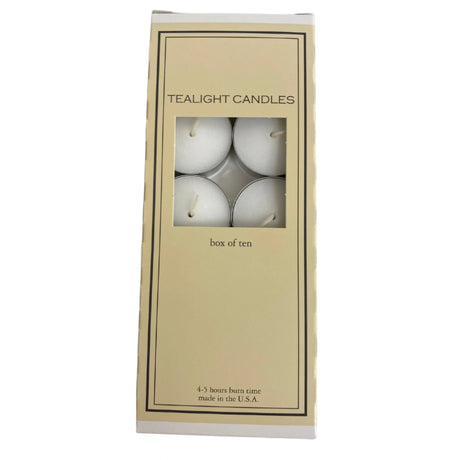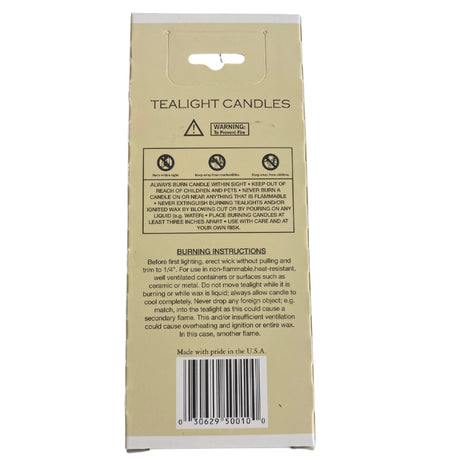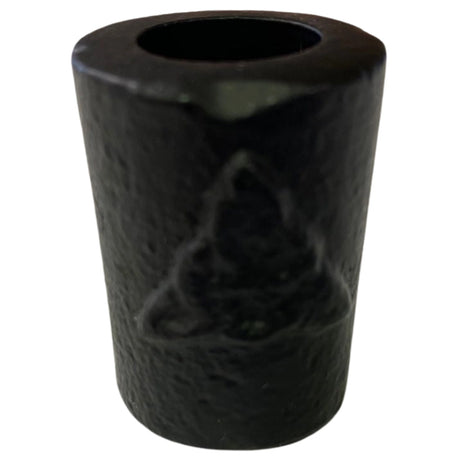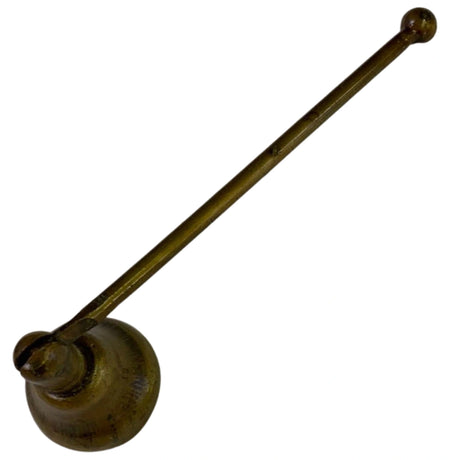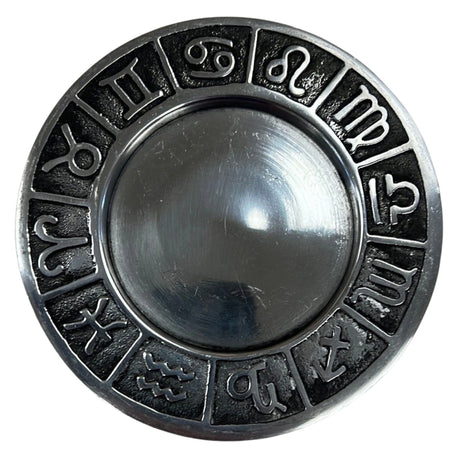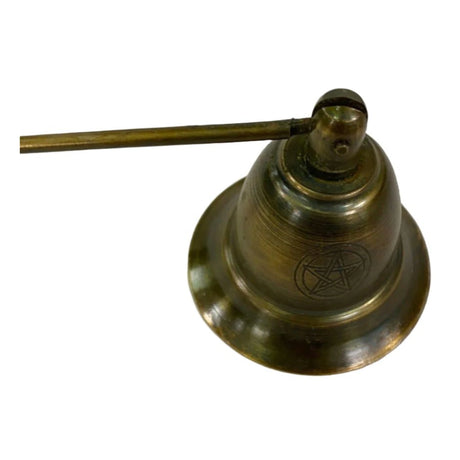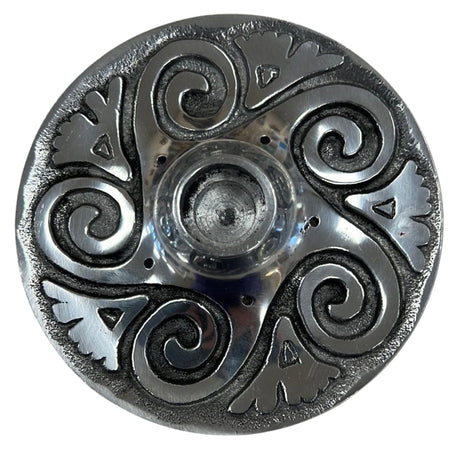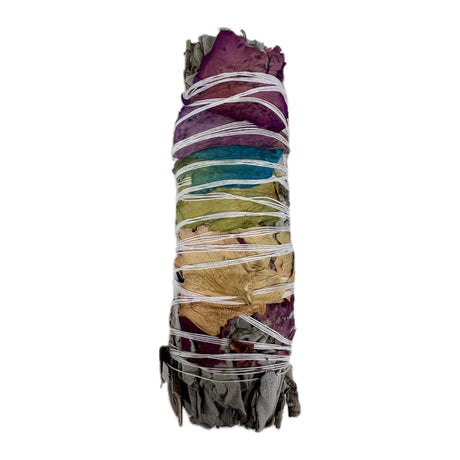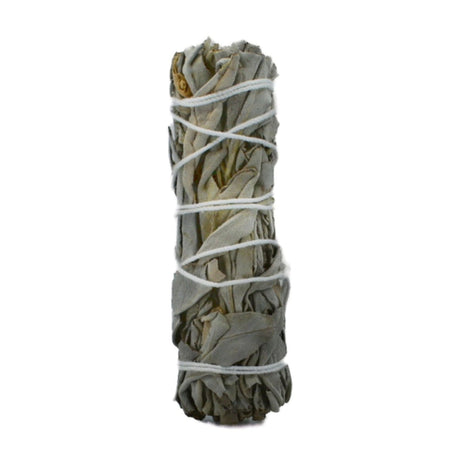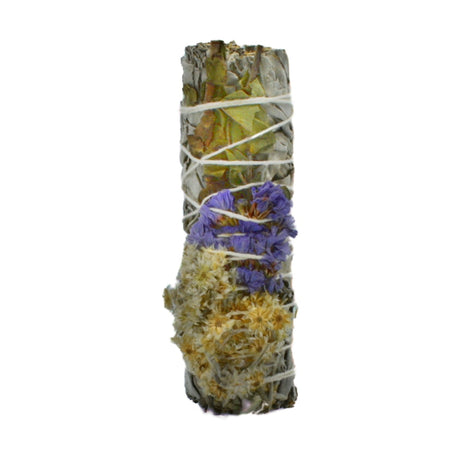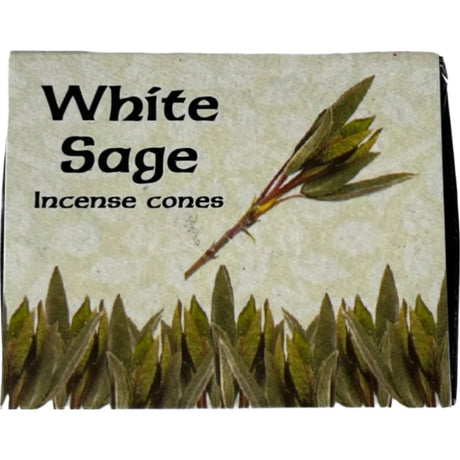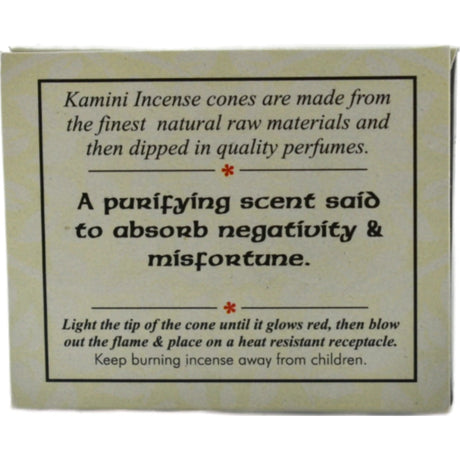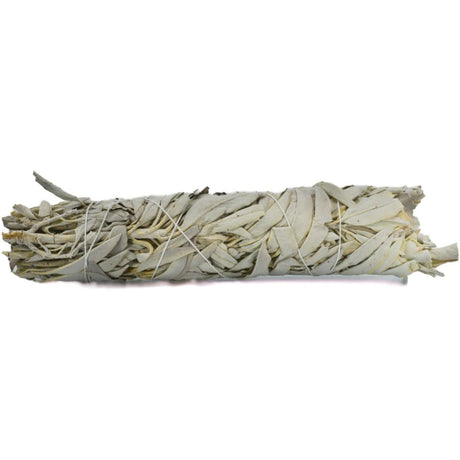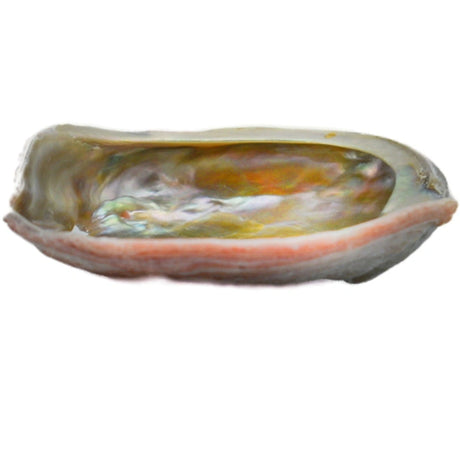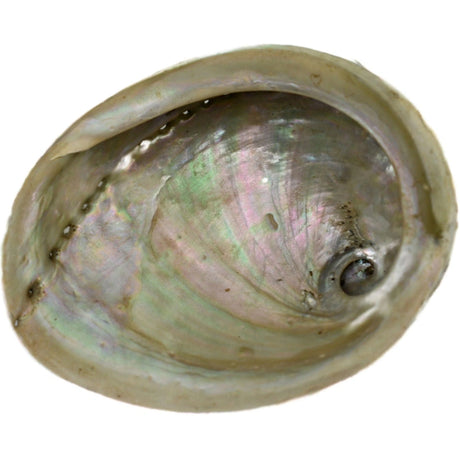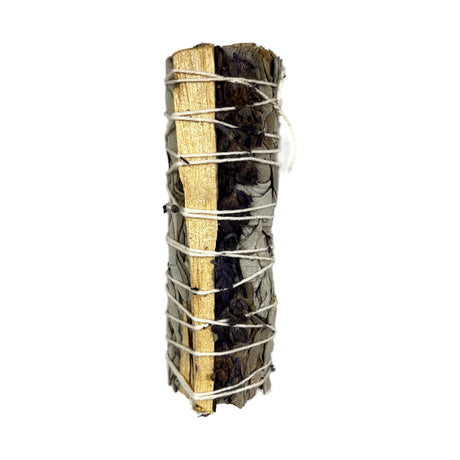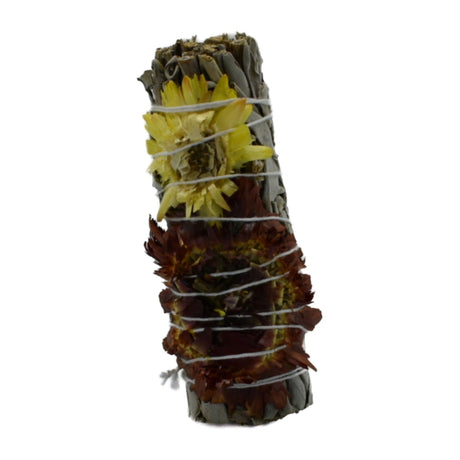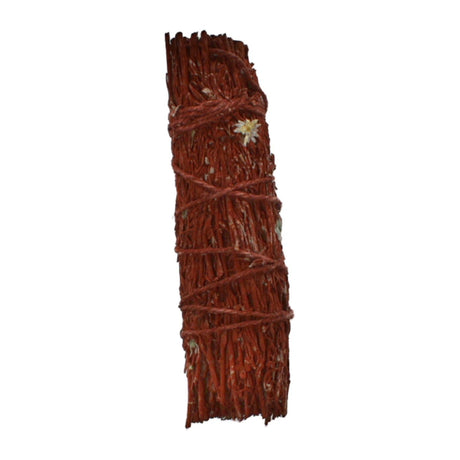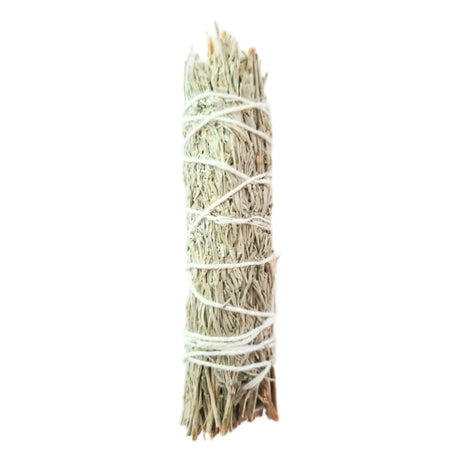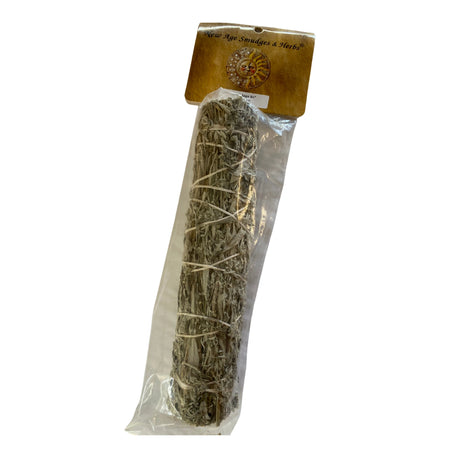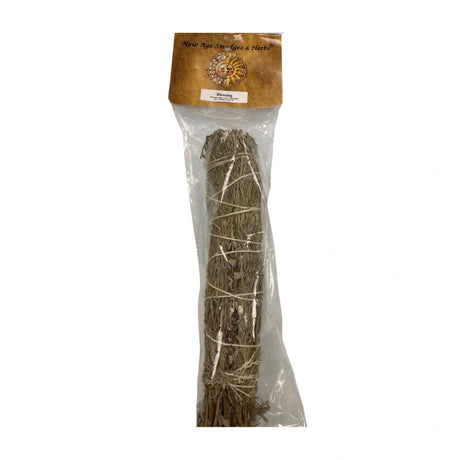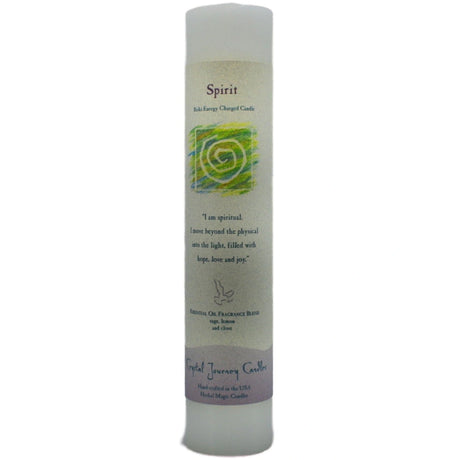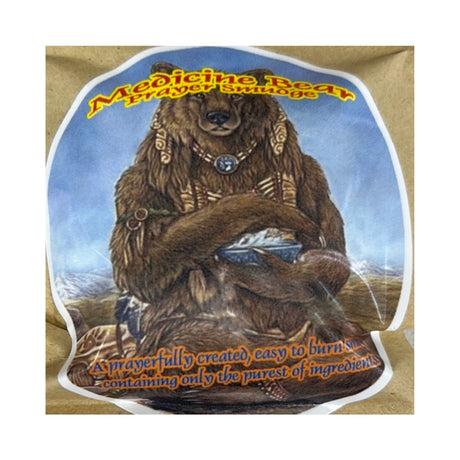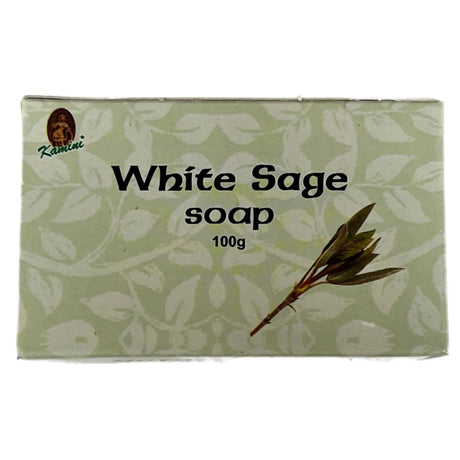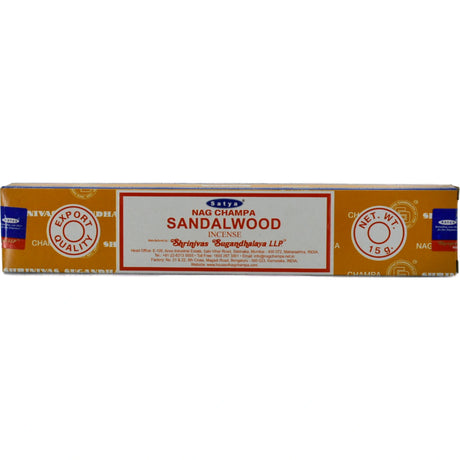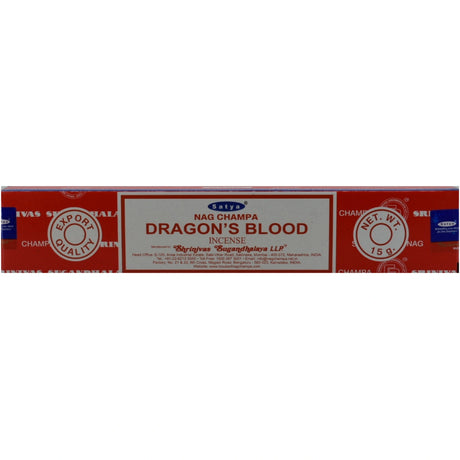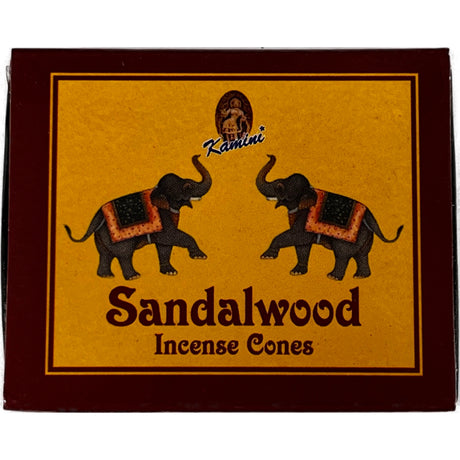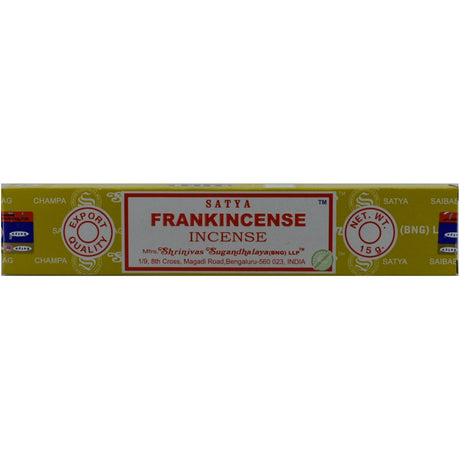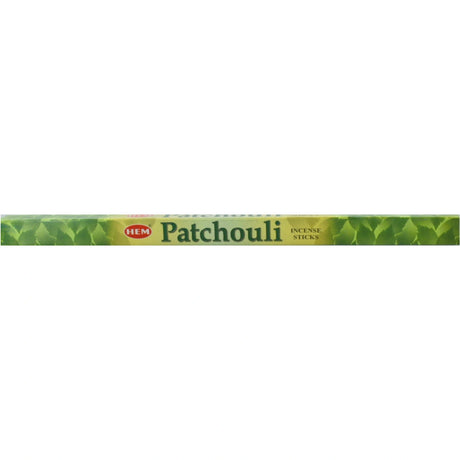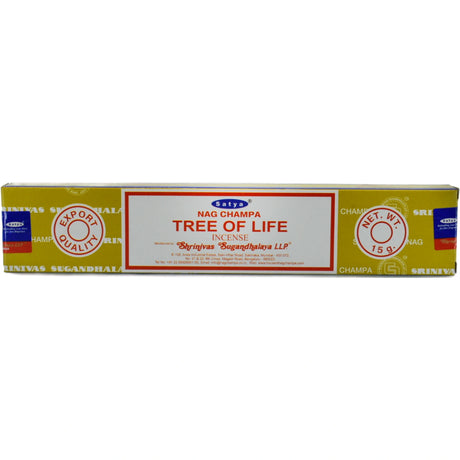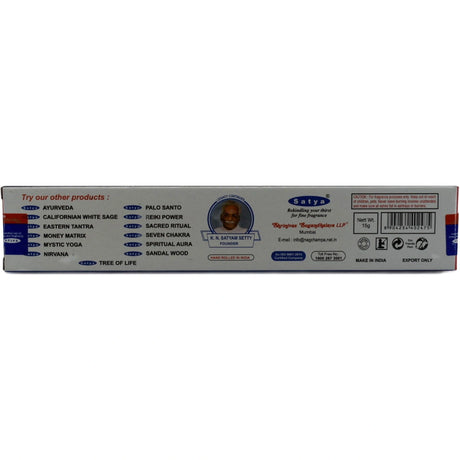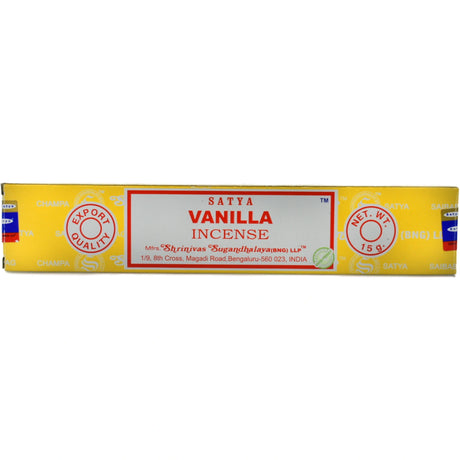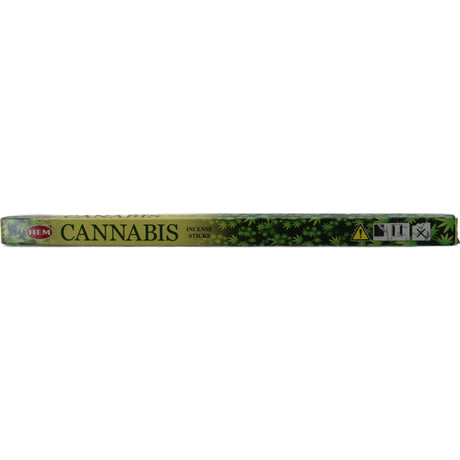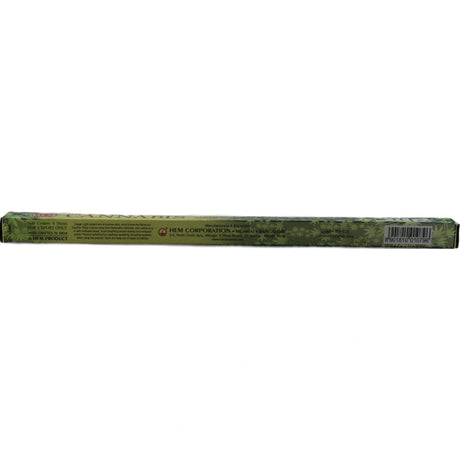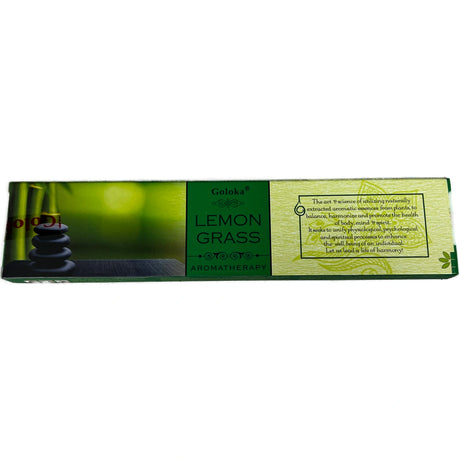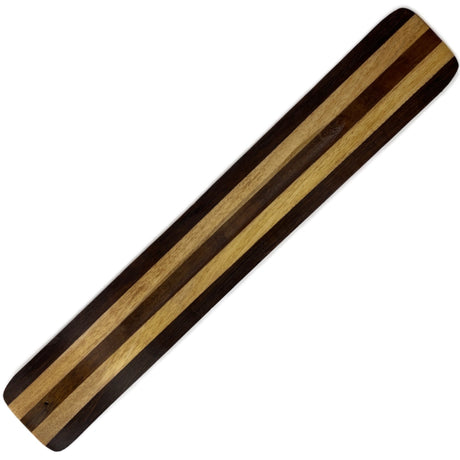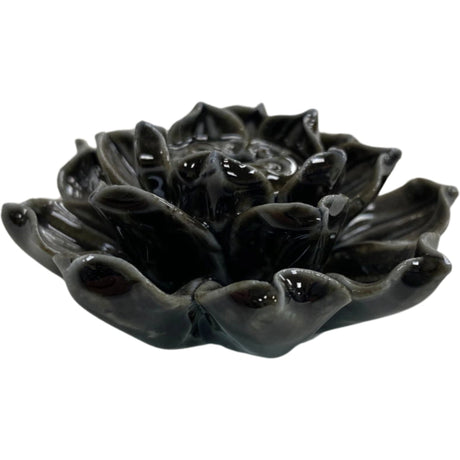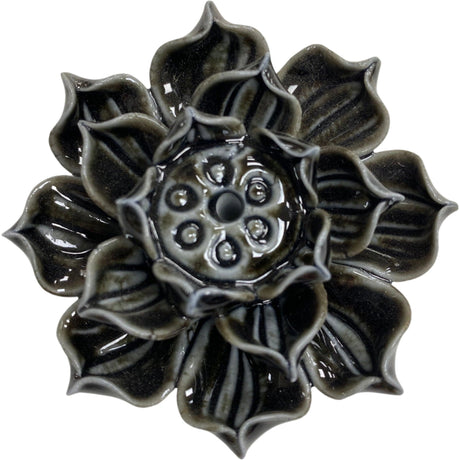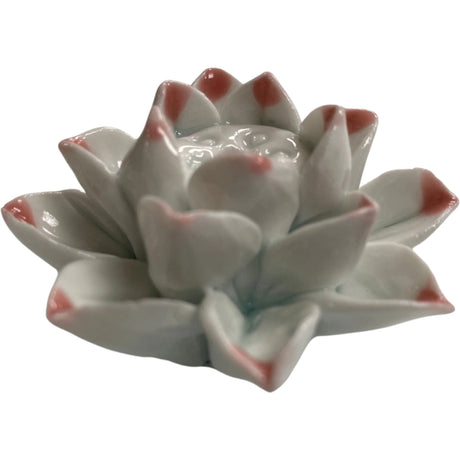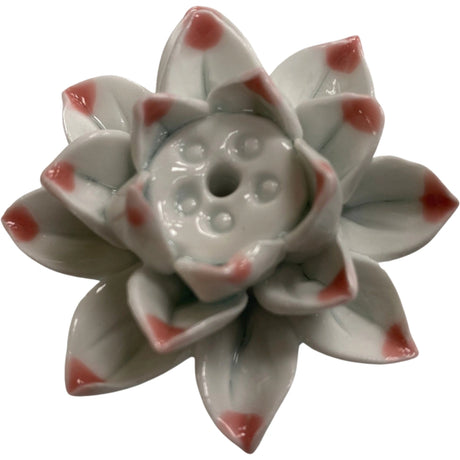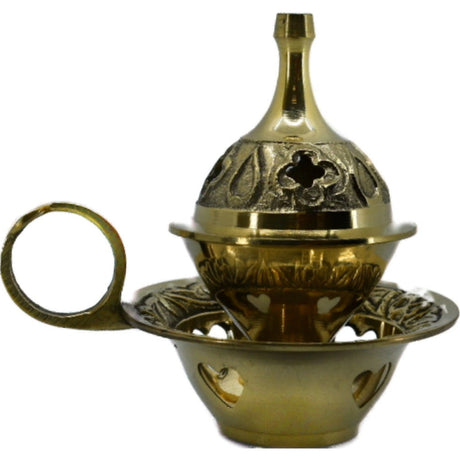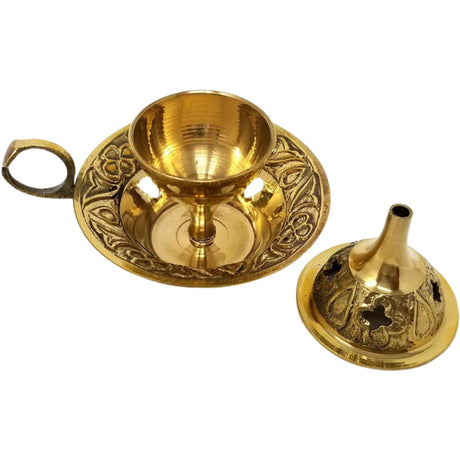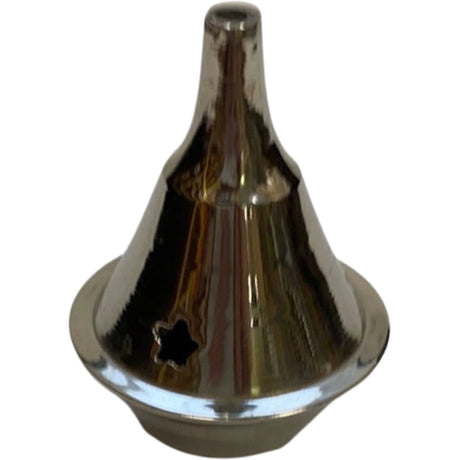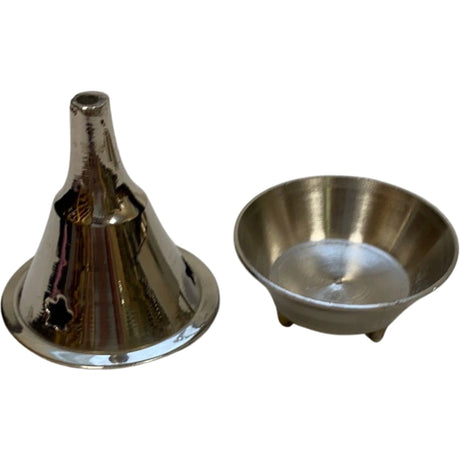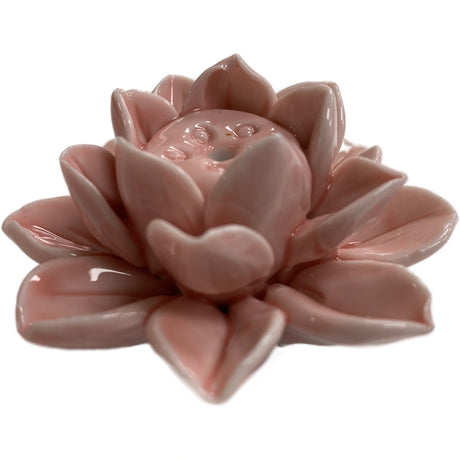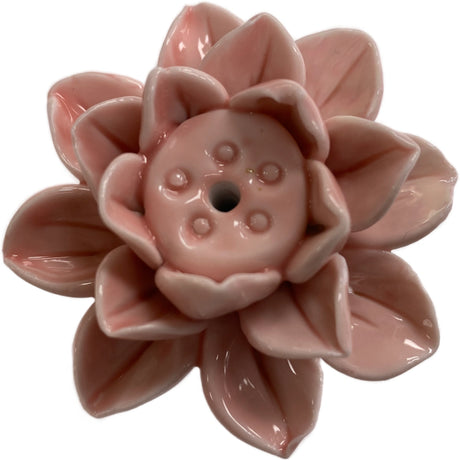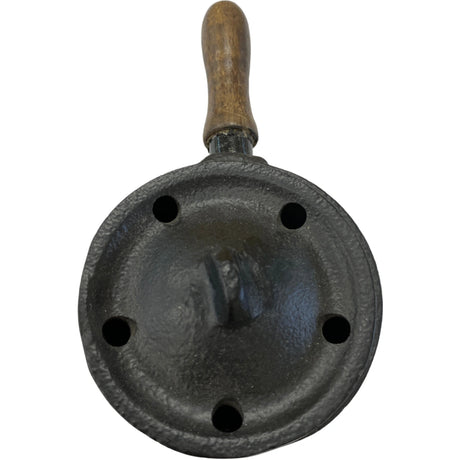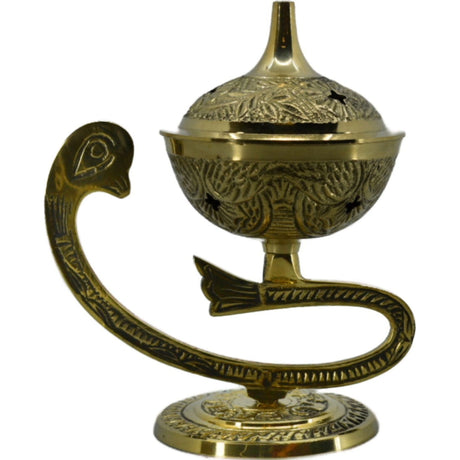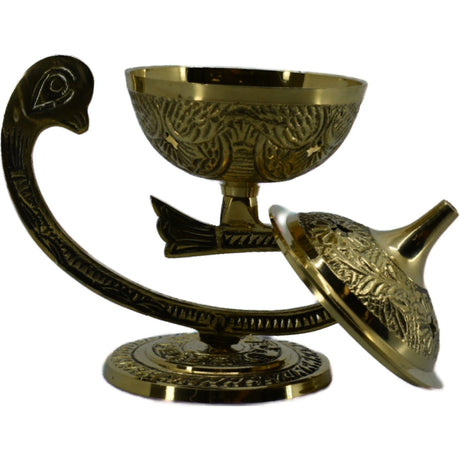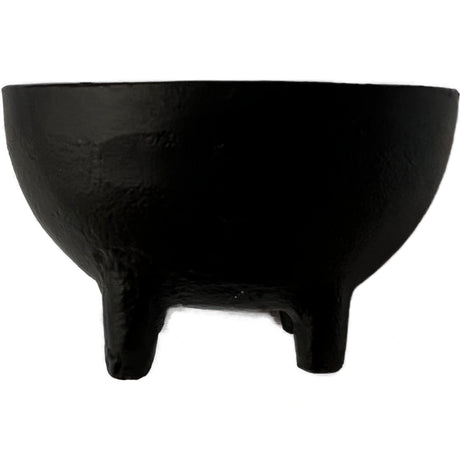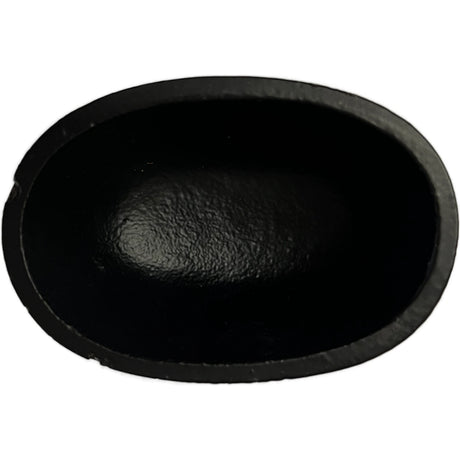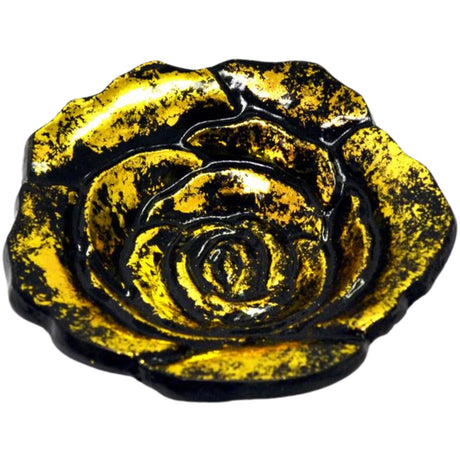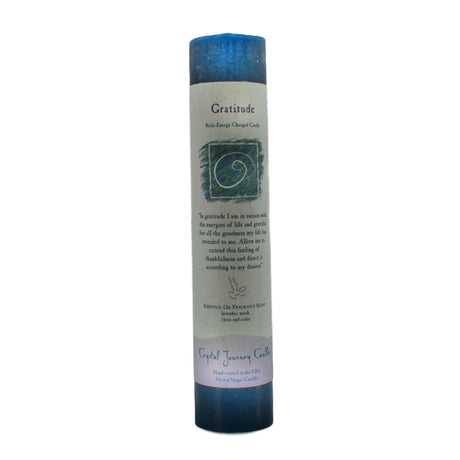When you think of dandelions, chances are you picture those bright yellow flowers that seem to pop up everywhere. But did you know that dandelion roots pack a serious punch in the world of natural remedies and even culinary adventures? In this blog, we're diving deep into the humble dandelion root, from its botanical background to DIY projects you can whip up at home.
1. Herb Identification and Characteristics
Botanical Names
Dandelions belong to the Taraxacum genus, with the most common species being Taraxacum officinale. This name carries historical significance—derived from the Greek words taraxos (disorder) and akos (remedy), dandelions have been revered as a versatile plant used to address numerous ailments. The species name officinale indicates its medicinal history, often found in plants known for their healing properties.
Common Names
Besides "dandelion," this unassuming plant goes by many different names across the world. In addition to "lion’s tooth" (due to the jagged shape of its leaves), you might hear it called "blowball" for its seed dispersal structure or "priest’s crown" once the flower head has shed its seeds. The French call it "pissenlit," referring to its diuretic effects—if you drink enough dandelion root tea, you’ll understand why!
Physical Description
The dandelion starts life as a rosette of deep green, serrated leaves close to the ground. These leaves can grow up to 30 cm long and are often the first parts of the plant you see. When it blooms, the plant sends up a tall, hollow stem, topped with that iconic golden flower. Beneath the surface, the taproot extends deep into the soil, typically growing anywhere from 15 cm to 30 cm long. This thick, unbranched root is where most of the plant's medicinal benefits are concentrated.
Habitat and Growth
Dandelions are perhaps one of the most adaptable plants on the planet. They thrive in various climates and soil conditions, which explains why you’ll find them growing in city sidewalks, open fields, or even your backyard. They prefer sunny environments with well-drained soil but are remarkably resilient in less-than-ideal conditions. Thanks to their deep roots, dandelions are excellent at pulling nutrients from the soil, which makes them hardy and widespread. They’re often one of the first plants to sprout in spring, serving as an early food source for pollinators like bees.
2. History and Cultural Significance
Origins
Dandelions are native to Europe and Asia, but their history spans centuries and continents. The plant was brought to North America by early European settlers, who valued it for its medicinal properties. Dandelions have been recorded in Chinese medicine for over 1,000 years and have also appeared in traditional remedies throughout the Middle East and South America.
Cultural Significance
In many cultures, dandelions are more than just weeds—they hold symbolic meaning. In some Native American traditions, dandelions represented the sun’s resilience and strength, a testament to their ability to survive in various conditions. European folklore is rich with dandelion symbolism, ranging from wishes (blowing dandelion seeds to make dreams come true) to divination practices. During the Victorian era, dandelions were seen as a symbol of love, and young people would blow the seeds into the air, believing they could reveal the name of a future lover.
Traditional Uses
The dandelion has long been cherished for its ability to heal and nourish. Across Europe, dandelion root was brewed into tea to treat liver ailments, indigestion, and fluid retention. Its bitter taste was also believed to stimulate appetite and digestion, which made it a popular ingredient in digestive tonics. In Chinese medicine, dandelion root has been used for centuries to detoxify the liver and cleanse the blood. Native American tribes similarly valued dandelions, using various parts of the plant to treat kidney problems, skin conditions, and even heartburn.
3. Health and Medicinal Benefits
Scientific Research
In recent years, dandelion root has gained attention in the scientific community for its medicinal properties. Numerous studies have explored its potential health benefits, with many focusing on its ability to support liver function and promote detoxification. The plant is rich in antioxidants, which help neutralize free radicals and reduce oxidative stress in the body. Some research also suggests that dandelion root may possess anti-cancer properties. One promising study found that extracts from the root could induce apoptosis (cell death) in certain types of cancer cells, including melanoma and pancreatic cancer.
The plant is also packed with vitamins and minerals, particularly vitamins A, C, and K. Its high potassium content is one of the reasons it’s used as a diuretic in herbal medicine, helping to support kidney function and reduce water retention.
Traditional Uses
For centuries, dandelion root has been a staple in traditional medicine cabinets. In herbalism, the root is prized for its ability to stimulate the liver and support bile production, which aids digestion and detoxification. Many herbalists recommend dandelion root tea or tinctures to alleviate constipation, bloating, and indigestion. The root is also known to support urinary health by acting as a diuretic, helping the body eliminate excess water and toxins.
Safety and Precautions
Although dandelion root is generally safe for most people, it’s important to exercise caution if you have allergies to plants in the Asteraceae family (which includes ragweed and daisies). Also, since dandelion root can act as a diuretic, it’s wise to avoid consuming large amounts if you’re taking diuretic medications or have kidney issues. As always, it’s a good idea to consult with a healthcare provider before introducing a new herb into your routine, especially if you’re pregnant, breastfeeding, or on medication.
4. Culinary Uses
Flavor Profile
Dandelion roots have a robust, earthy taste, similar to chicory root but slightly less bitter. When roasted, they develop a rich, nutty flavor that can be quite enjoyable, especially as a coffee substitute. Fresh roots are more tender but still retain that distinct bitter undertone. Their flavor works well in both savory and sweet recipes, adding complexity to dishes.
Pairing Suggestions
Dandelion roots pair well with ingredients like garlic, onions, and hearty vegetables in savory dishes, or you can balance their bitterness with sweeter flavors like honey and cinnamon in teas. In broths or soups, they blend nicely with root vegetables like carrots, beets, and parsnips. For beverages, try pairing roasted dandelion root with a hint of vanilla or nutmeg to create a cozy, warming drink.
Recipes
Dandelion Root Latte:
Ingredients:
2 tablespoons of roasted dandelion root
1 cup of almond milk (or any milk of choice)
1 teaspoon of cinnamon
1 teaspoon of honey (optional)
Directions:
Brew the roasted dandelion root with boiling water for about 10 minutes.
Warm the almond milk and whisk in the cinnamon.
Strain the dandelion root tea into the milk mixture and sweeten with honey if desired. Enjoy it as a cozy, caffeine-free alternative to coffee.
Dandelion Root and Mushroom Soup:
Ingredients:
- 1/2 cup of fresh dandelion root, chopped
- 1 cup of mushrooms, sliced
- 1 onion, finely chopped
- 3 cups of vegetable broth
- Salt and pepper to taste
Directions:
- Sauté onions and mushrooms until soft.
- Add the chopped dandelion roots and continue to cook for 5 more minutes.
- Pour in the vegetable broth and simmer for 20 minutes. Season with salt and pepper to taste. A hearty, earthy soup perfect for a chilly evening.
5. Growing and Harvesting
Cultivation Tips
Growing dandelions may seem counterintuitive if you’re used to weeding them from your garden, but if you’re looking to cultivate this beneficial plant, it’s quite simple. Dandelions thrive in sunny environments, but they’ll also tolerate partial shade. They’re incredibly resilient, and once established, they require very little care.
For best results, choose a location with loose, well-drained soil. Sow the seeds directly in your garden or in containers, and water them lightly. Dandelions grow quickly, and you’ll likely see seedlings within a week or two. Once they’re established, you can harvest the leaves for salads and teas, or wait until the fall to dig up the roots.
Propagation
Dandelions are naturally self-propagating, meaning they’ll reseed themselves without much intervention on your part. If you’d like to control their spread, be sure to deadhead the flowers before they turn into puffballs of seeds. When it comes to harvesting the roots, fall is the best time, as the plant has stored up its energy in the roots for the winter. Use a garden fork or shovel to dig deep and gently lift the roots from the soil.
6. DIY Projects
Dandelion Root Salve
A dandelion root salve can be a soothing treatment for sore muscles and dry skin. It’s a great way to harness the anti-inflammatory properties of the root for external use.
Ingredients:
- 1/2 cup dried dandelion root
- 1 cup of olive oil
- 1 ounce of beeswax
Directions:
- Infuse the dandelion root in the olive oil by heating it gently for 1-2 hours.
- Strain the oil, then melt the beeswax and mix it into the infused oil.
- Pour the mixture into a jar or tin and let it cool. Use as needed on sore muscles or dry skin.
Dandelion Root Tincture
A tincture made from dandelion root is an easy way to use the herb for digestive support.
Ingredients:
- 1 cup fresh or dried dandelion root
- 1-2 cups of high-proof alcohol (like vodka)
Directions:
- Fill a jar with dandelion root, then cover with alcohol, making sure the roots are fully submerged.
- Seal and store in a cool, dark place for 4-6 weeks, shaking occasionally.
- Strain the tincture into a clean bottle and store it for use. You can take a few drops in water when you need digestive support.
In Conclusion
Dandelion roots may not have the flashiest reputation, but they’re definitely one of nature’s most underrated powerhouses. From supporting your health to enhancing your next culinary experiment, these roots have been used for generations to provide a little bit of everything. So next time you see those yellow flowers popping up in your yard, don’t just brush them off as weeds—consider them an opportunity to explore the hidden magic they hold beneath the soil!


